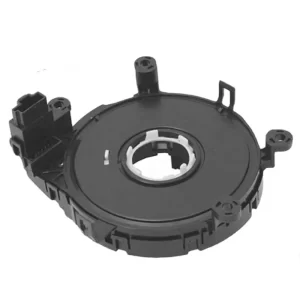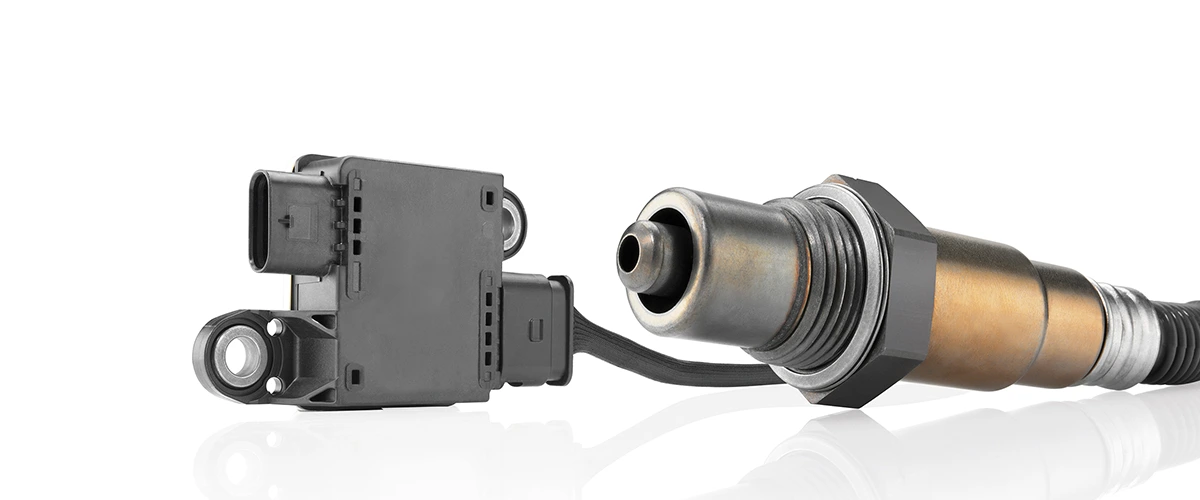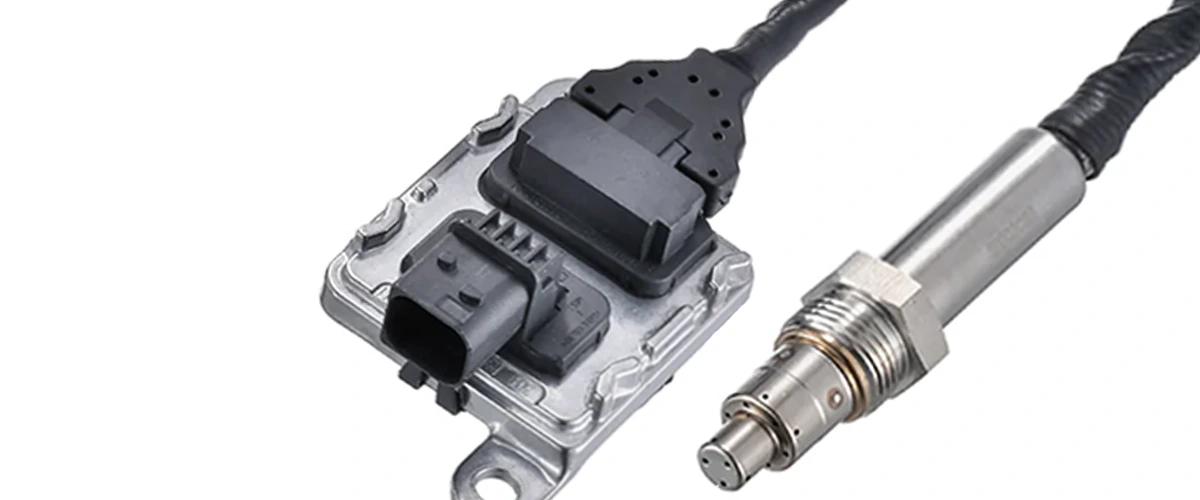Dismantled state
There are different ways of checking the ignition coil:
Testing the resistance values of the coils using the ohmmeter.
Depending on the ignition system and ignition coil design, the following reference values apply: (observe the manufacturer’s specifications)
Cylinder ignition coil (transistor ignition system)
Primary: 0.5 Ω–2.0 Ω/Secondary: 8.0 kΩ–19.0 kΩ
Cylinder ignition coil (electronic ignition system with map-controlled ignition)
Primary: 0.5 Ω–2.0 Ω/Secondary: 8.0 kΩ–19.0 kΩ
Single-spark or dual-spark ignition coil (fully electronic ignition system)
Primary: 0.3 Ω–1.0 Ω/Secondary: 8.0 kΩ–15.0 kΩ
Tips:
If a high-voltage diode is built into the ignition coil to suppress sparks, it is not possible to measure the resistance of the secondary coil.
In this case, the following method is useful:
Connect a voltmeter in series between the secondary winding of the ignition coil and the battery. If the battery is connected in the direction of the diode, the voltmeter should show a voltage. After reversing the polarity of the connections in the diode blocking direction, no voltage should be shown. If no voltage is shown in both directions, it can be assumed that there is an open in the secondary circuit. If voltage is shown in both directions, the high voltage diode is faulty.
Installed state
The following checks can be used:
Visual inspection
- Check the ignition coil for mechanical damage
- Inspect housing for hairline cracks and gasket leaks.
- Check electrical wires and plug connections for damage and oxidation.
Check the electricity with a multimeter or oscilloscope
- Check the ignition coil voltage
- Check the start signal from the distributor, ignition control unit or engine control unit
- Illustration of the high voltage curve using an oscilloscope or ignition oscilloscope
Testing with a diagnostic unit
- Reading the fault memory of the ignition system or engine management system
- Reading parameters
During all testing of the ignition system, it must be taken into account that errors detected by oscilloscope testing are not necessarily errors caused by the electronic system; they can also be caused by a mechanical problem in the engine. This can be the case, for example, if one cylinder’s pressure is too low, which means that the oscilloscope will show that the ignition voltage of that cylinder is lower than the ignition voltage of the other cylinders.
NOTE
Although “diagnosable engine management systems” are installed in today’s vehicles, a multimeter or oscilloscope must be used when checking ignition systems. In order to interpret the displayed measuring results and figures correctly, additional employee training is usually required. One important pre-requisite for successful diagnostics is a careful visual inspection at the beginning of the troubleshooting process.








